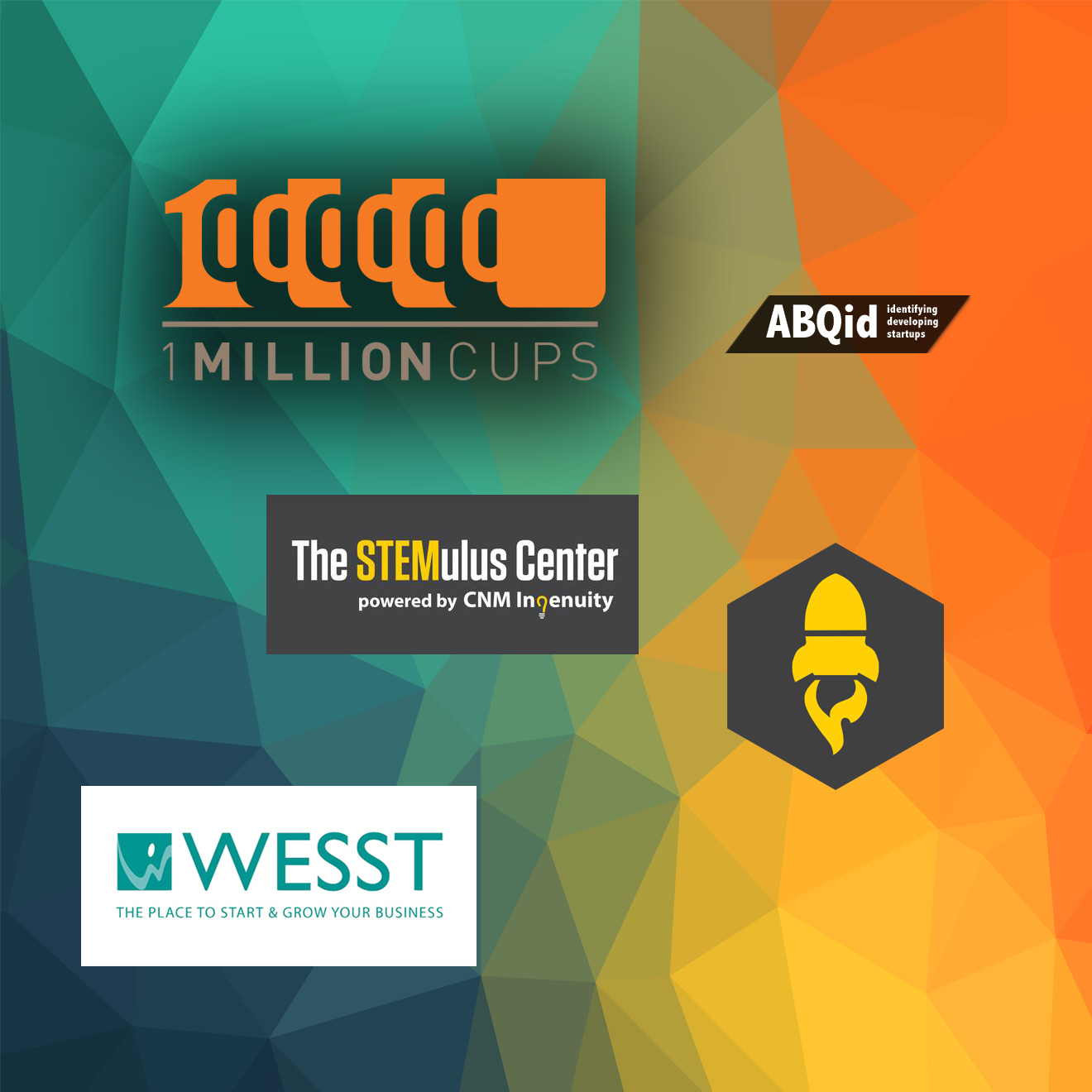Just because a company invents a popular product or introduces a novel service doesn’t mean it won’t face competition from late movers eager to share the action. New Mexico entrepreneurs can fight for a niche in new industries — or even challenge a pioneering company with significant improvements on the original — but they need a clear strategy, good timing and the right product category.
The developer of a new commodity or service has the initial advantage. It sets a standard by which all competitors are judged, and it dominates the market at first because it created the market.
It maintains that place until a rival offers something compelling enough to persuade people to try a fresh alternative.
Second movers with agility can learn from the mistakes and successes of their predecessors and present another option at a fraction of the pioneer’s costs. Some even launch a market makeover, redefining a product category created by someone else.
Later movers have the greatest opportunities with commodities that require substantial product development investments and are likely to be in demand for the foreseeable future — appliances, pharmaceuticals and software, for example. While inventors often protect their ideas with patents, a resourceful second or later mover can improve the original design and grab a significant share of the new market if its alternative is cheaper, more accessible or free of the original’s most problematic flaws.
The second-mover advantage is especially obvious in the global market. While the first company to open shop in China, for example, has to invest heavily in market development and materials sourcing, the next in line can benefit from this stage-setting and avoid the pioneer’s stumbles. But that only works if the timing is right: Wait too long and the first player will control the local market, resources and relationships.
Companies like Google, Starbucks and Southwest Airlines, among others, weren’t the first in their respective industries, but all are industry giants today because they offered something different that appealed to consumers — a distinctive feature, higher quality or better pricing. Not every second mover has to build an empire; securing a respectable niche of a giant market can be treasure enough.
Entrepreneurs looking for feedback on their idea or venture can meet with mentors during ABQid’s Office Hours every Wednesday from 3:00 to 5:00 pm in the Verge Building at 317 Commercial Street in Albuquerque. They can also present their idea at One Million Cups, a Kauffman Foundation program that unites mentors, advisers and entrepreneurs every Wednesday from 9:00 to 10:00 am at FatPipe at 200 Broadway NE in Albuquerque. Information about both programs can be found at the City of Albuquerque’s Innovation Central website at abqic.com.
The STEMulus Center’s IGNITE business accelerator is accepting applications through January 15 for its next cohort beginning Feb. 15. The 12-week skills-based program helps entrepreneurs in the early stages of developing their business. Visit stemuluscenter.org for more information.
The WESST Enterprise Center is a hub for entrepreneurship and small business development offering a variety of business assistance programs and training at 609 Broadway NE in Albuquerque and at five other locations around the state. More information can be found at wesst.org.
Download 432_Late Movers Reap Benefits in Select Markets PDF

